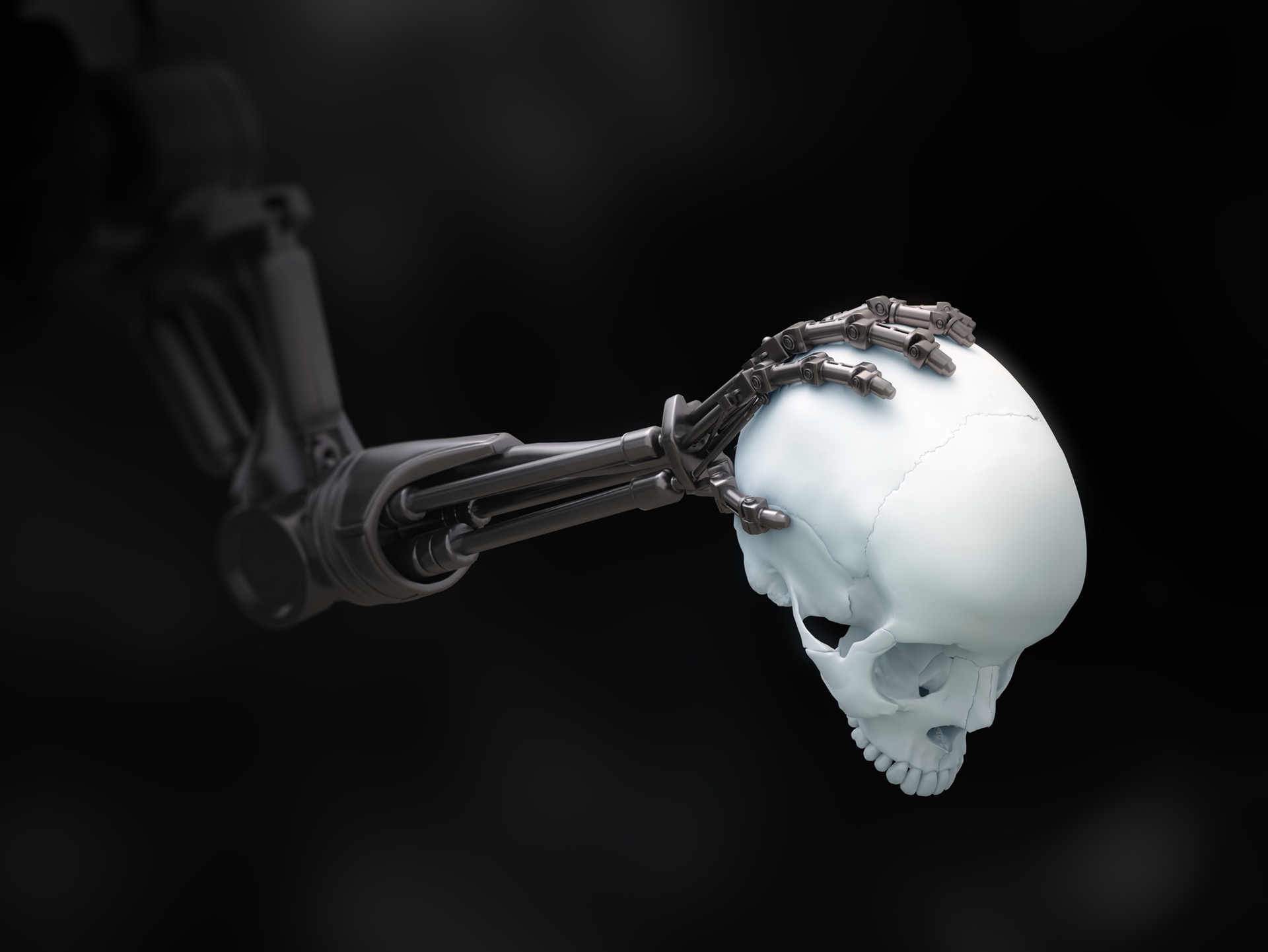Can technology help us to beat death? The oldest surviving great work of literature tells the story of a Sumerian king, Gilgamesh , whose historical equivalent may have ruled the city of Uruk some time between 2800 and 2500 BC.
copyright by cosmosmagazine.com
A hero of superhuman strength, Gilgamesh becomes instilled with existential dread after witnessing the death of his friend, and travels the Earth in search of a cure for mortality. Twice the cure slips through his fingers and he learns the futility of fighting the common fate of man.
Transhumanism soon more than science-fiction?
Transhumanism is the idea that we can transcend our biological limits, by merging with machines. The idea was popularised by the renowned technoprophet Ray Kurzweil (now a  director of engineering at Google), who came to public attention in the 1990s with a string of astute predictions about technology. In his 1990 book, The Age of Intelligent Machines (MIT Press), Kurzweil predicted that a computer would beat the world’s best chess player by the year 2000. It happened in 1997 . He also foresaw the explosive growth of the internet, along with the advent of wearable technology, drone warfare and the automated translation of language. Kurzweil’s most famous prediction is what he calls “the singularity” – the emergence of an artificial super-intelligence, triggering runaway technological growth – which he foresees happening somewhere around 2045.
director of engineering at Google), who came to public attention in the 1990s with a string of astute predictions about technology. In his 1990 book, The Age of Intelligent Machines (MIT Press), Kurzweil predicted that a computer would beat the world’s best chess player by the year 2000. It happened in 1997 . He also foresaw the explosive growth of the internet, along with the advent of wearable technology, drone warfare and the automated translation of language. Kurzweil’s most famous prediction is what he calls “the singularity” – the emergence of an artificial super-intelligence, triggering runaway technological growth – which he foresees happening somewhere around 2045.
Overcoming our feeble bodies
In some sense, the merger of humans and machines has already begun. Bionic implants, such as the cochlear implant , use electrical impulses orchestrated by computer chips to communicate with the brain, and so restore lost senses. At St Vincent’s Hospital and the University of Melbourne, my colleagues are developing other ways to tap into neuronal activity, thereby giving people natural control of a robotic hand. These cases involve sending simple signals between a piece of hardware and the brain. To truly merge minds and machines, however, we need some way to send thoughts and memories. In 2011, scientists at the University of Southern California in Los Angeles took the first step towards this when they implanted rats with a computer chip that worked as a kind of external hard drive for the brain.
read more – copyright by cosmosmagazine.com


Can technology help us to beat death? The oldest surviving great work of literature tells the story of a Sumerian king, Gilgamesh , whose historical equivalent may have ruled the city of Uruk some time between 2800 and 2500 BC.
copyright by cosmosmagazine.com
A hero of superhuman strength, Gilgamesh becomes instilled with existential dread after witnessing the death of his friend, and travels the Earth in search of a cure for mortality. Twice the cure slips through his fingers and he learns the futility of fighting the common fate of man.
Transhumanism soon more than science-fiction?
Transhumanism is the idea that we can transcend our biological limits, by merging with machines. The idea was popularised by the renowned technoprophet Ray Kurzweil (now a director of engineering at Google), who came to public attention in the 1990s with a string of astute predictions about technology. In his 1990 book, The Age of Intelligent Machines (MIT Press), Kurzweil predicted that a computer would beat the world’s best chess player by the year 2000. It happened in 1997 . He also foresaw the explosive growth of the internet, along with the advent of wearable technology, drone warfare and the automated translation of language. Kurzweil’s most famous prediction is what he calls “the singularity” – the emergence of an artificial super-intelligence, triggering runaway technological growth – which he foresees happening somewhere around 2045.
director of engineering at Google), who came to public attention in the 1990s with a string of astute predictions about technology. In his 1990 book, The Age of Intelligent Machines (MIT Press), Kurzweil predicted that a computer would beat the world’s best chess player by the year 2000. It happened in 1997 . He also foresaw the explosive growth of the internet, along with the advent of wearable technology, drone warfare and the automated translation of language. Kurzweil’s most famous prediction is what he calls “the singularity” – the emergence of an artificial super-intelligence, triggering runaway technological growth – which he foresees happening somewhere around 2045.
Overcoming our feeble bodies
In some sense, the merger of humans and machines has already begun. Bionic implants, such as the cochlear implant , use electrical impulses orchestrated by computer chips to communicate with the brain, and so restore lost senses. At St Vincent’s Hospital and the University of Melbourne, my colleagues are developing other ways to tap into neuronal activity, thereby giving people natural control of a robotic hand. These cases involve sending simple signals between a piece of hardware and the brain. To truly merge minds and machines, however, we need some way to send thoughts and memories. In 2011, scientists at the University of Southern California in Los Angeles took the first step towards this when they implanted rats with a computer chip that worked as a kind of external hard drive for the brain.
read more – copyright by cosmosmagazine.com
Share this: